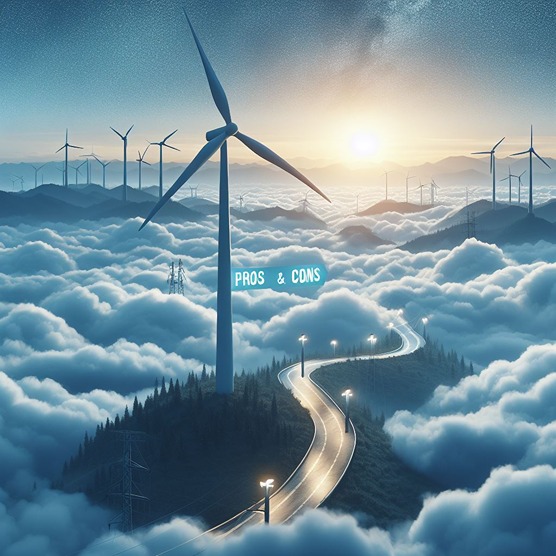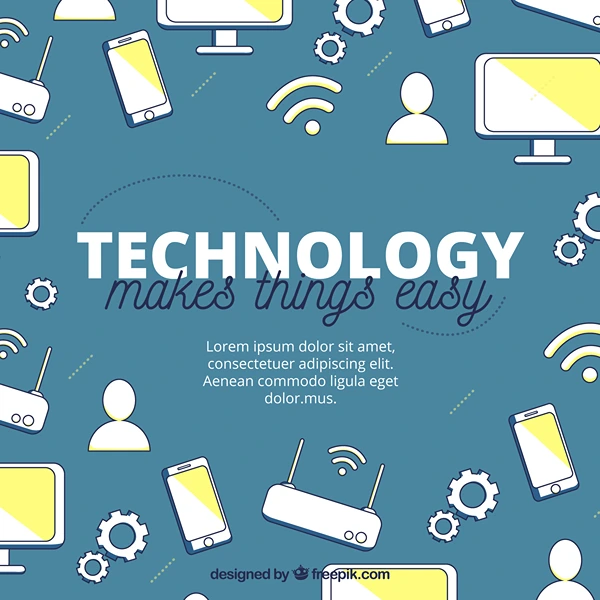In the pursuit of sustainable and clean energy solutions, wind turbines have emerged as a promising contender, converting the kinetic energy of the wind into electrical power. As the world grapples with the imperative to transition away from conventional fossil fuels, the spotlight is increasingly focused on the advantages and drawbacks of wind turbines in the realm of electricity generation. This article delves into the intricate tapestry of benefits and challenges associated with harnessing the power of the wind, providing a comprehensive exploration of the pros and cons that shape the ongoing discourse surrounding wind turbines.
Wind power is not merely a breeze but a powerful force in the pursuit of sustainable energy. The first segment of our exploration will unfold the myriad advantages that wind turbines bring to the table. From their renewable nature to their role in reducing greenhouse gas emissions, wind turbines stand as beacons of innovation in the global quest for cleaner and greener electricity.
However, the journey towards harnessing wind power is not without its obstacles. The second part of our journey will navigate the challenges inherent in relying on wind turbines for electricity generation. Intermittency, land use concerns, and their impact on wildlife are among the factors that demand careful consideration as we weigh the benefits against the drawbacks.
Advantages of Wind Turbines as a Source of Electrical Power
Windturbines have become a pivotal player in the global quest for sustainable energy solutions, offering a range of advantages that contribute to a cleaner and more renewable power landscape.
- Renewable Energy Source: One of the primary advantages of wind turbines is that they harness wind, a naturally occurring and infinite resource. Unlike fossil fuels, wind energy is renewable and does not deplete over time.
- Clean and Green Energy: Wind power is considered environmentally friendly as it produces minimal greenhouse gas emissions during operation. This contributes to the reduction of air pollution and mitigates the impact of climate change.
- Reduced Dependence on Fossil Fuels: The adoption of wind turbines helps decrease reliance on traditional fossil fuels, thus diversifying the energy mix and promoting energy security.
- During the final review: Setili, the final review process is carried out before a company that starts from all over the world. Advances in technology have also made wind energy increasingly cost-effective compared to traditional forms of electricity generation.
- Job Creation and Economic Benefits: The wind energy sector has the potential to generate employment opportunities and contribute to local economies. From manufacturing and installation to maintenance and operation, the industry creates a range of jobs.
Disadvantages
While wind turbines offer numerous benefits in the pursuit of clean energy, they are not without their challenges and drawbacks. Understanding these disadvantages is crucial for a comprehensive evaluation of wind power as a sustainable solution.
- Intermittency and Unpredictability: A significant drawback of wind power is its intermittent nature. Wind speeds can be inconsistent, leading to fluctuations in electricity generation. This unpredictability poses challenges for maintaining a stable and reliable power supply.
- Land Use and Aesthetics: Large-scale wind farms require vast expanses of land, leading to concerns about their impact on landscapes and ecosystems. Additionally, some people find the appearance of wind turbines unappealing, impacting the aesthetics of natural surroundings.
- Noise and Wildlife Impact: Wind turbines can generate noise, which may be a concern for communities living in proximity to wind farms. Furthermore, the rotating blades pose risks to birds and bats, leading to debates about their impact on wildlife.
- Initial High Costs: While operational costs are relatively low, the initial investment required for manufacturing, transportation, and installation of wind turbines can be high. This factor can affect the economic viability of wind energy projects.
- Space Limitations: Wind turbines need adequate spacing to prevent interference with each other, limiting the potential locations for large-scale wind farms. This spatial constraint can be a challenge in regions with high population density.
As the winds of change propel us towards a more sustainable future, it is imperative to maintain a balanced perspective. The final section of this article will encapsulate the essence of the ongoing debate, urging readers to consider the trade-offs involved in embracing wind turbines as a source of electrical power. By fostering a nuanced understanding of both the positives and negatives, we can collectively navigate the path towards a cleaner and more sustainable energy landscape.
In conclusion, the adoption of wind turbines for electricity generation presents a balance of advantages and disadvantages. As technology advances and mitigates some of the drawbacks, wind power continues to play a crucial role in the global transition towards cleaner and more sustainable energy sources.




